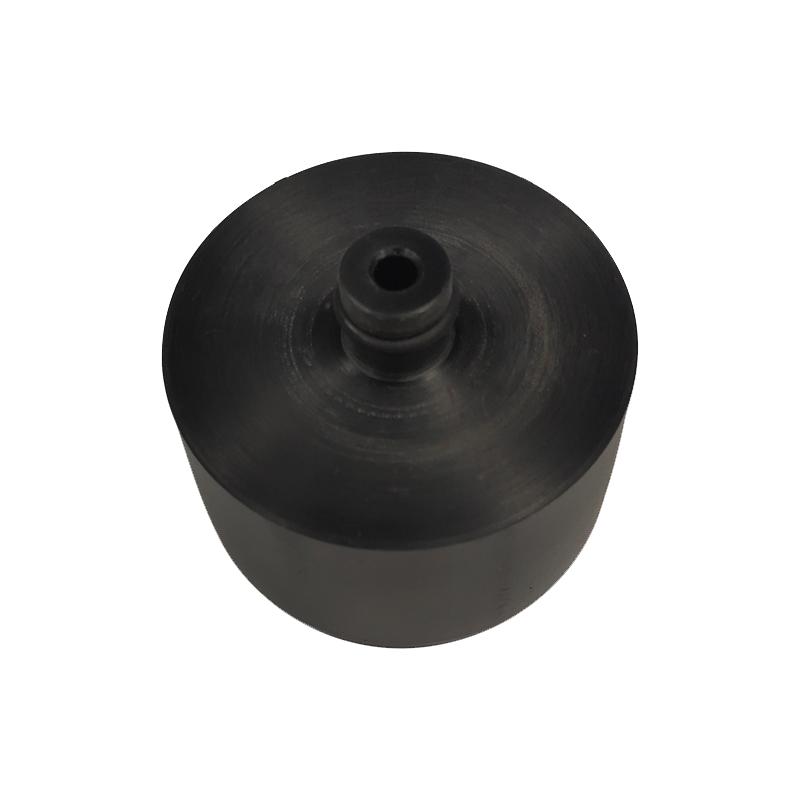
12 月 . 03, 2024 14:48 Back to list
famous fire extinguisher gauge pressure
Understanding the Fire Extinguisher Gauge Pressure A Crucial Element for Safety
Fire extinguishers are essential safety devices, designed to combat small fires and prevent them from becoming large disasters. One of the most critical features of a fire extinguisher is its gauge pressure. This simple yet vital instrument provides critical information about the readiness and effectiveness of the extinguisher in emergency situations.
The Importance of the Gauge
The gauge on a fire extinguisher indicates the pressure inside the cylinder, which is crucial for its operational efficacy. Typically, fire extinguishers are equipped with a pressure gauge showing the pressure level through a color-coded indicator. The safe range is usually indicated by a green zone. If the needle points to the red zone, either undercharged (too low pressure) or overcharged (too high pressure), it signals potential issues that could prevent effective operation.
When the pressure is too low, it could mean that the extinguisher is not fully charged and may not operate properly. This can be due to leaks, age, or improper maintenance. If pressure is too high, there is a risk that the extinguisher could burst, leading to potential injury. Thus, regular checks of the gauge are vital.
Reading the Gauge Correctly
To check the gauge properly, one should first ensure that the extinguisher is accessible and comprehensible. The pressure gauge is usually located on the top of the cylinder. When inspecting it, look for three key areas
1. Green Zone This area indicates the extinguisher is fully charged and ready for use. If the needle is here, you can feel confident that your extinguisher can perform its function effectively.
famous fire extinguisher gauge pressure

2. Red Zone (Under Pressure) If the needle points to this area, it indicates that the extinguisher is undercharged. This situation can arise from leaks or lack of servicing. An undercharged extinguisher may fail when you need it the most, hence requiring immediate attention.
3. Red Zone (Over Pressure) While less common, if the gauge appears in this section, it indicates overpressure. This could result from extreme temperatures or a fault in the extinguisher itself, warranting immediate inspection.
Maintenance and Regular Checks
Fire extinguishers should be inspected monthly, with professional servicing required at least annually. During these inspections, the gauge pressure should be checked alongside the overall physical condition of the unit. Ensure that the extinguisher is accessible, unobstructed, and has not passed its expiration date.
Any time you use a fire extinguisher, it is imperative to check the gauge afterward. Even partial use can affect the pressure within the tank, and it may require recharging or replacement.
Conclusion
Maintaining the proper gauge pressure in a fire extinguisher is non-negotiable for fire safety. As a responsible individual or organization, regular checks, maintenance, and understanding how to read the gauge are essential practices. Ensuring that your fire extinguishers are in optimal condition could significantly impact your response during a fire emergency. Remember, having a functioning fire extinguisher isn’t just a regulatory requirement; it could be a lifesaver in critical moments. Stay safe, and always be prepared!
-
High-Precision 5 Valve Manifold Differential Pressure Gauge Suppliers
NewsApr.29,2025
-
High-Precision Diaphragm Vacuum Pressure Gauges Manufacturers & Quotes
NewsApr.29,2025
-
Omega Differential Pressure Gauges High Accuracy & Durability
NewsApr.28,2025
-
Low Pressure Differential Pressure Gauges Precision Solutions & Quotes
NewsApr.28,2025
-
Digital Diaphragm Pressure Gaauge Precision Measurement & OEM Quotes
NewsApr.28,2025
-
Differential Pressure Gauge China Price High-Accuracy & Best Quotes
NewsApr.28,2025
